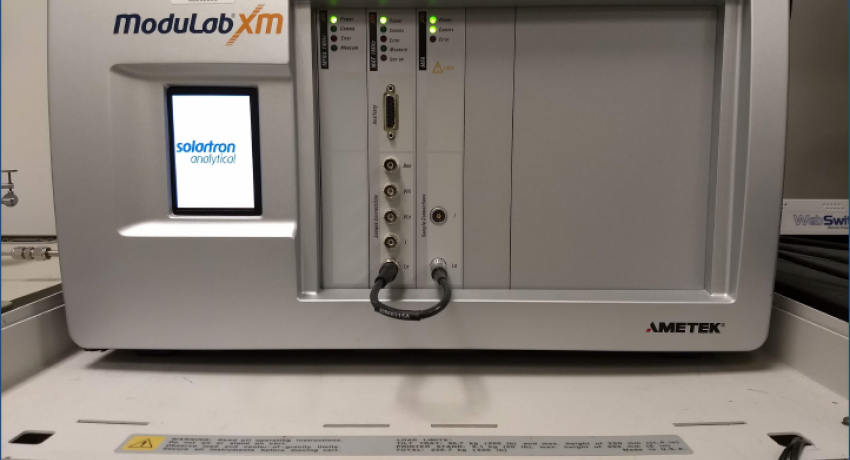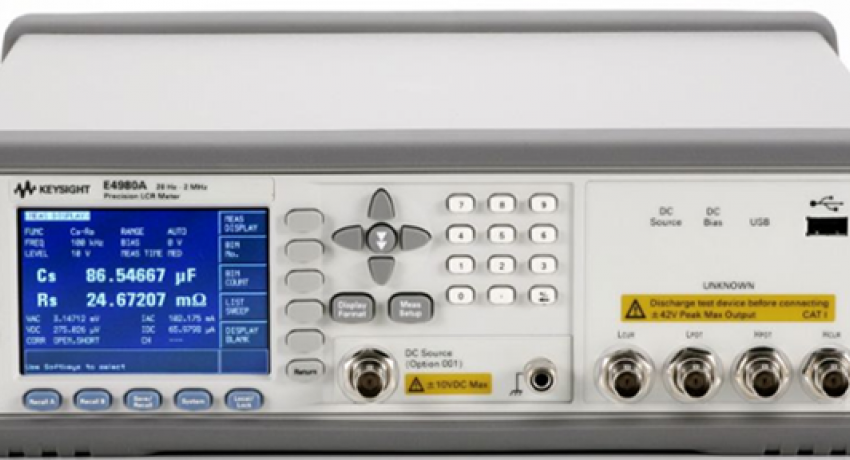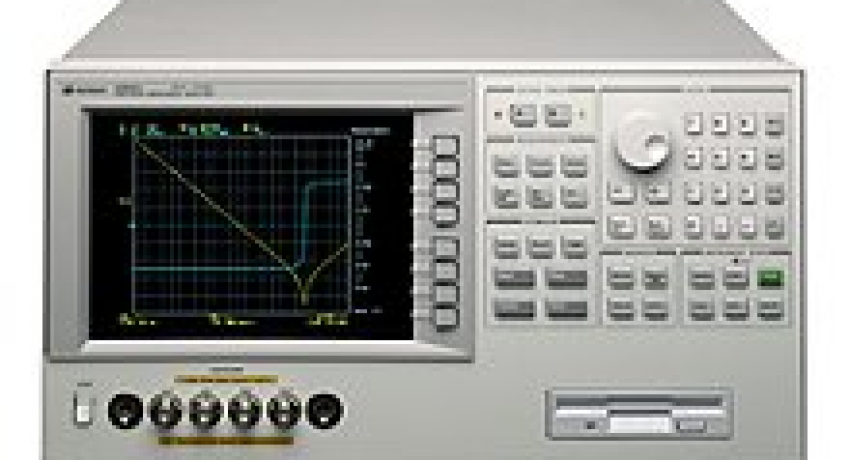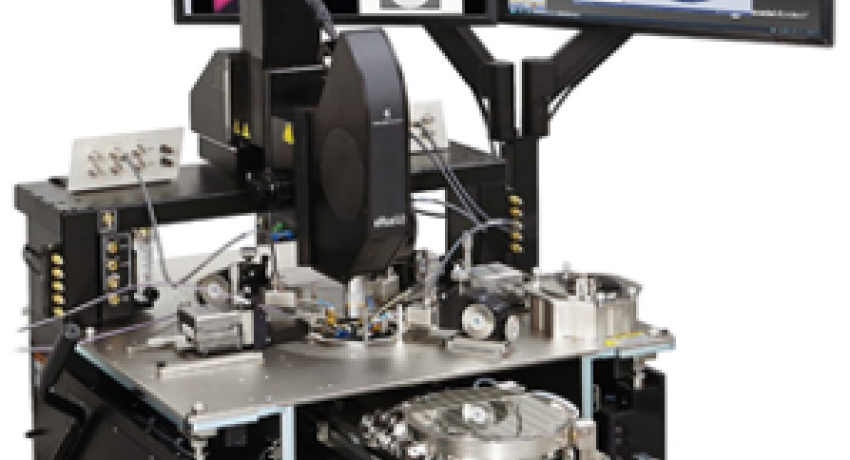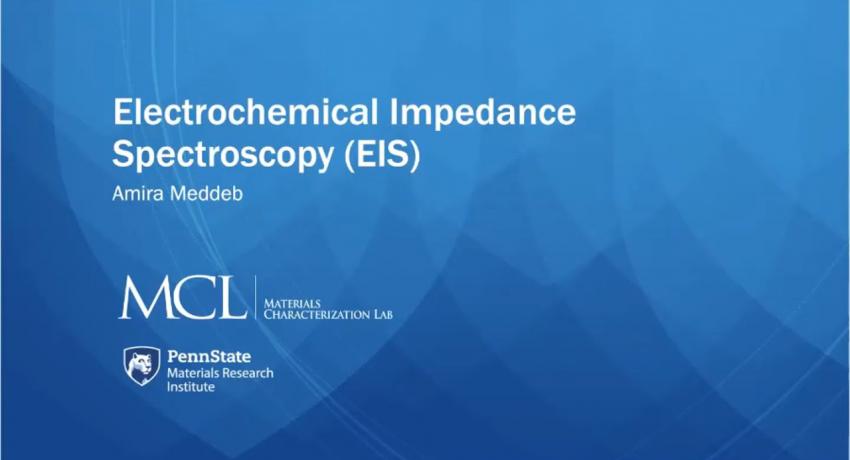Electrochemical Impedance Spectroscopy (EIS) is a linear technique implemented to study the electrical properties of dielectric and semi-conductive materials by applying an AC electric field (stimulus) and measuring the electrical current through the sample (response) over a range of frequencies and temperatures. Impedance spectroscopy informs on the polarizations contributing to the dielectric behavior of materials as well as dielectric relaxation (Δε), thermal transitions (Tg), ferroelectric transitions (Tc), charge distribution in materials (bulk, depleted layers, grain boundaries, etc.).
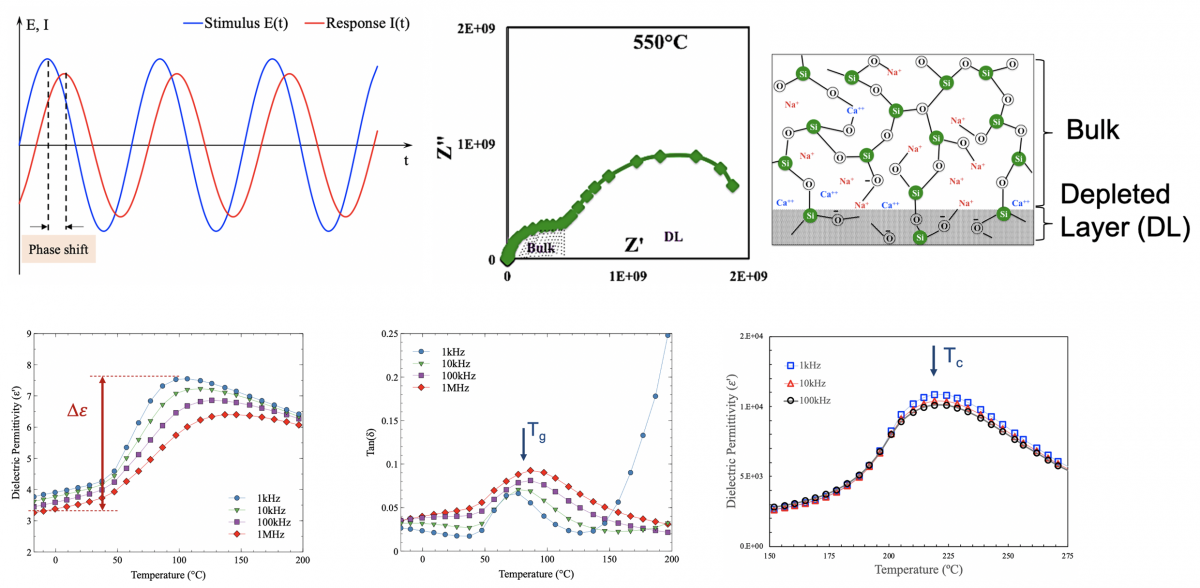
- Frequency: <1 mHz to 1 MHz
- ≤ 5.6V AC RMS
- ≤ ±8V DC Bias
- Automated temperature sweeps
- Ideal for small capacitances at low frequency
- Frequency: 20 Hz - 2 MHz
- ≤ 20V AC RMS
- ≤ ±40V DC Bias
- Frequency: 40 Hz to 110 MHz
- ≤ 20V AC RMS
- ≤ ±40V DC Bias
- 8” Triaxial chuck
- Light shielded enclosure
- temperature range: -60° to 300°C
- automated temperature sweeping
Some system configurations allow multiple samples with automated switching. Mobile Impedance analyzers and a VNA are available to connect to many systems to extend temperature ranges: -150 to 700 °C.
Extended capabilities often exist and should be discussed with staff.
References:
“Measurement of Dielectric Material Properties Application Note.” (2012)
Broadband dielectric spectroscopy, F.Kremer, A. Schönhals (eds.) (2003)

